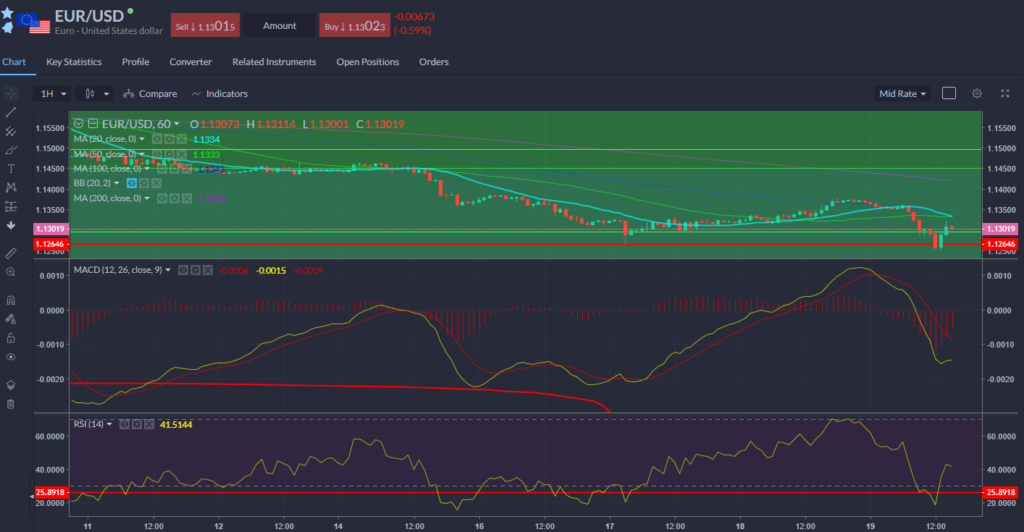
Friday Nov 19 2021 15:44

6 min
Week-end run-down:
EURUSD is off the lows of the day but still under pressure at 1.13 and conspicuously made a fresh 16-month low.

Finally, notable that The Economist is leading with something about how no one predicted all this inflation, which is simply untrue. So I leave you with this from me, dated August 26th, 2020:
“I find this idea of AIT [average inflation targeting] being a better anchor for inflation expectations problematic. Whilst I don’t pretend to being an economist, regular readers will be familiar with my view that a sharp bounce back in growth (albeit to a level still below pre-pandemic potential) combined with unlimited Fed accommodation, a vast increase in the money supply (if not yet the velocity of money) and a massive fiscal put is basically inflationary. Remember, as Friedman put it “inflation is always and everywhere a monetary phenomenon that arises from a more rapid expansion in the quantity of money than in total output”. The rate of expansion in the monetary base is consistent with past bouts of high inflation in the 1930s, 1940s and the 1970s. Whilst post-GFC QE led to money printing, it was gobbled up by a financial system hungry for capital and balance sheet repairing. The fiscal stimulus this time makes it a very different environment.
Layer on top of that the disruption to supply chains and fundamental shift in deglobalisation trends, and you create conditions suitable for inflation to take hold. If the Fed also indicates it does not care if inflation overshoots for a time – indeed is actively encouraging it – there is a risk inflation expectations become unanchored as they did in the early 1970s, which led to a period of stagflation…
…My concern would be that once you let the inflation genie out of the bottle it can be hard to put back in without aggressively tightening and likely as not engineering a recession. Nonetheless, this seems to be the way the Fed is going.
Paul Tudor Jones put it best back in May when he said that the question of whether the current bout of money printing will ultimately prove inflationary comes down to how reasonable is it to expect that in the recovery phase the Fed will be able to deliver an increase in interest rates of a magnitude sufficient to suck back the money it so easily printed during the downswing? Most agree it won’t be easy – in fact AIT would effectively kick the can down the road for many years. The Fed is not even thinking about thinking about sucking the money back in. This ought to stoke inflation, but it could be more than the Fed wants – the genie is coming out.”
